Yokaichi Historical Road
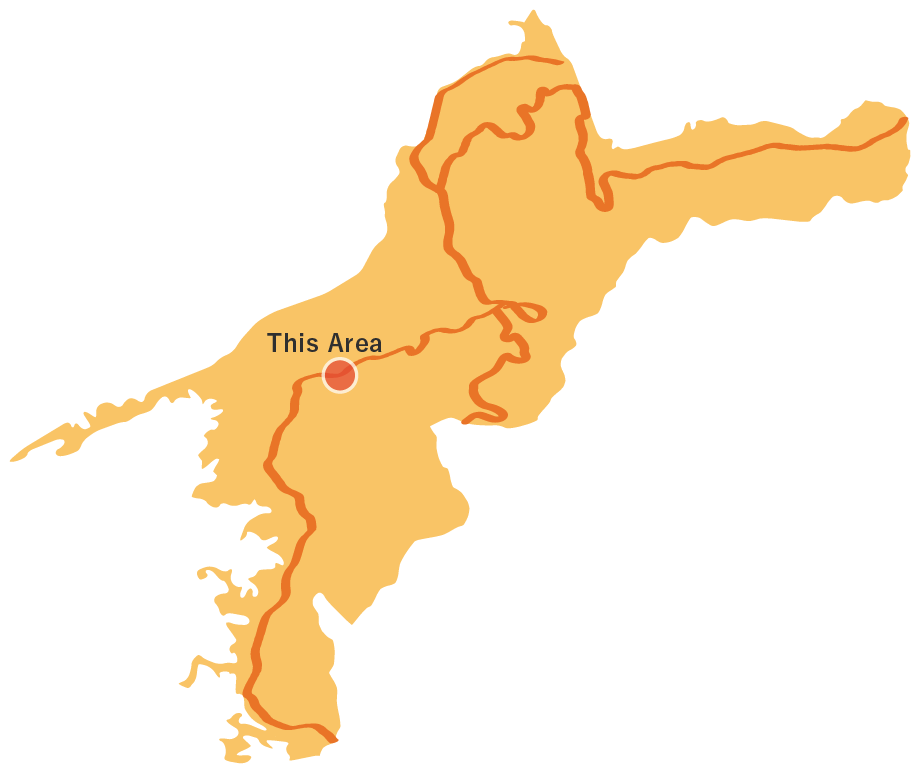
Yokaichi Historical Road
This course is still home to the historical Yokaichi/Gokoku Townscape and Uchiko-za, which shows traces of Uchiko's glory. The streets of Yokaichi give a vibe of time captured in the very era and continues down to Mitomori Pass. This 7.3-km leisurely walk is designed to give visitors a historical experience.
Yokaichi Historical Road(7.3km)

 Spots to photograph
Spots to photograph
If you wish to receive a certificate, please take a photo that includes yourself at the designated photo point for each course.
Nearby sightseeing spots

-
1
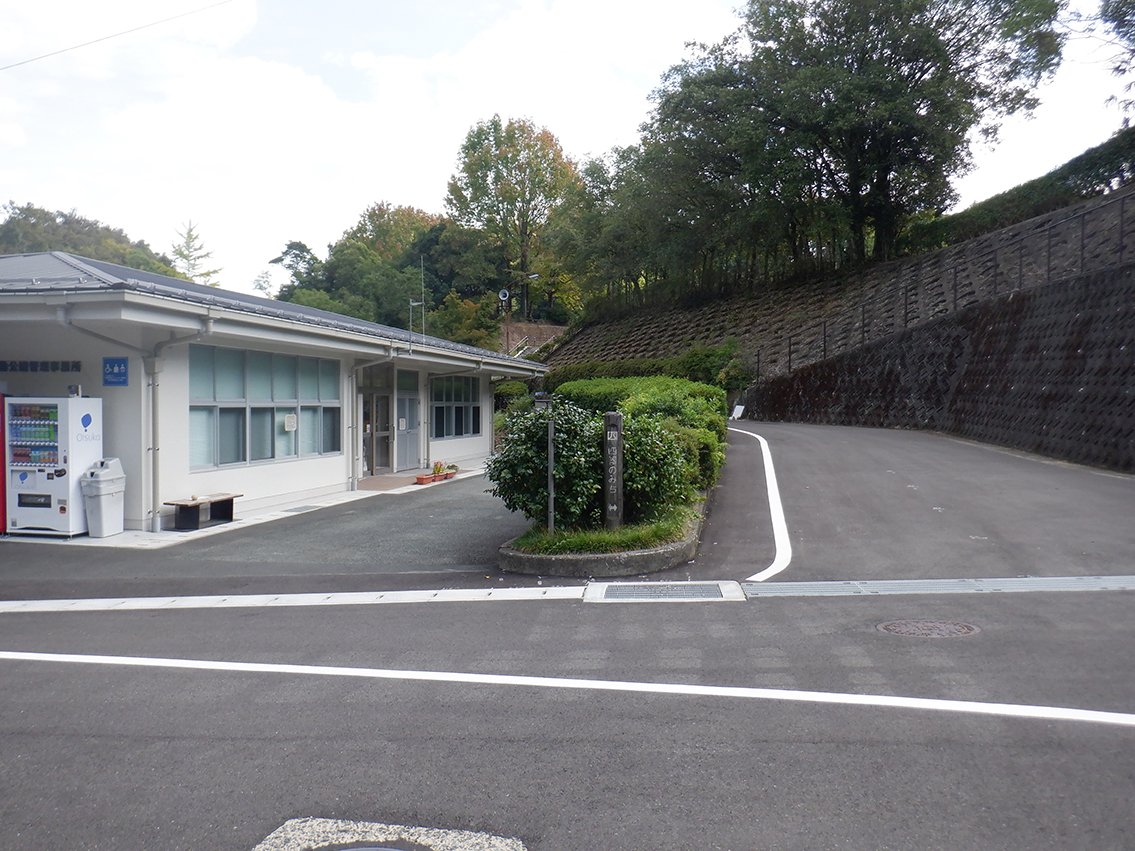 Uchiko Athletic Park
Uchiko Athletic ParkUchiko Athletic Park has a variety of sports facilities, as well as promenades, observation decks, and rest areas. In addition, 1,000 cherry trees have been planted, making it a popular place to relax. The houses spreading east from here are called "Hatsukaichi district", and this place was the entrance of the old highway leading from Ozu to the village open since ancient times. On the right hand side, there is Ganjoji Temple, which enshrines Yugyo Shonin, and directly below, on the side of Dama Pond, is the Shiando Hall, which has a connection with Kobo Daishi and conveys its history to the present.
-
2
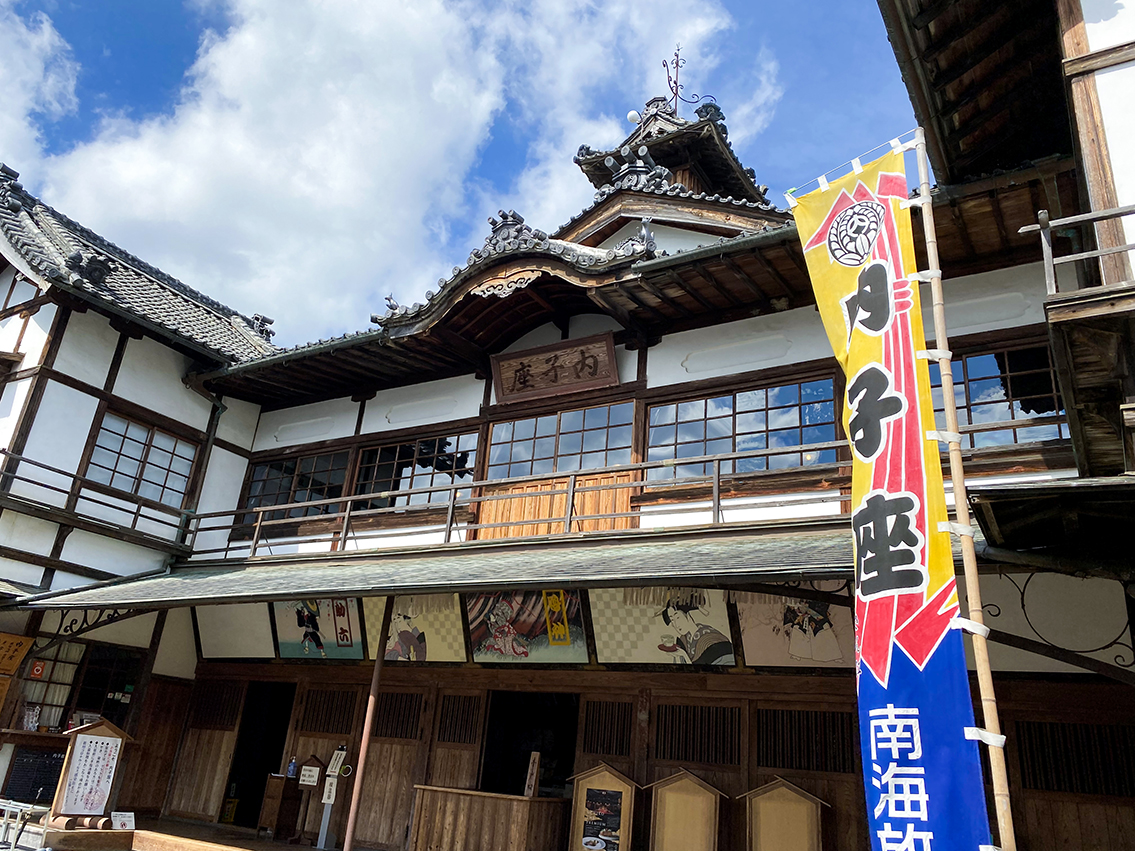 Uchiko-za
Uchiko-zaUchiko-za is a two-story wooden building with a tiled roof and gabled roof built by local volunteers in 1916 to celebrate the enthronement of Emperor Taisho, and it is a playhouse with a revolving stage, a passage through audience to stage, and seating boxes. There was a risk of demolition due to its aging, but it was restored with the enthusiasm of the residents, and it is still in use today, and you can also visit it. As a building, while inheriting the traditional form since the early modern period, it is said to have great historical value as a playhouse in the transitional period of the modern era, when it began to adapt to performing arts, such as the appearance that emphasizes the front, the extensive use of glass windows, and the audience seating that is conscious of viewing the stage from the front. Note that the long-term renovation work will start in the autumn of 2023, so you cannot visit during this period.
-
3
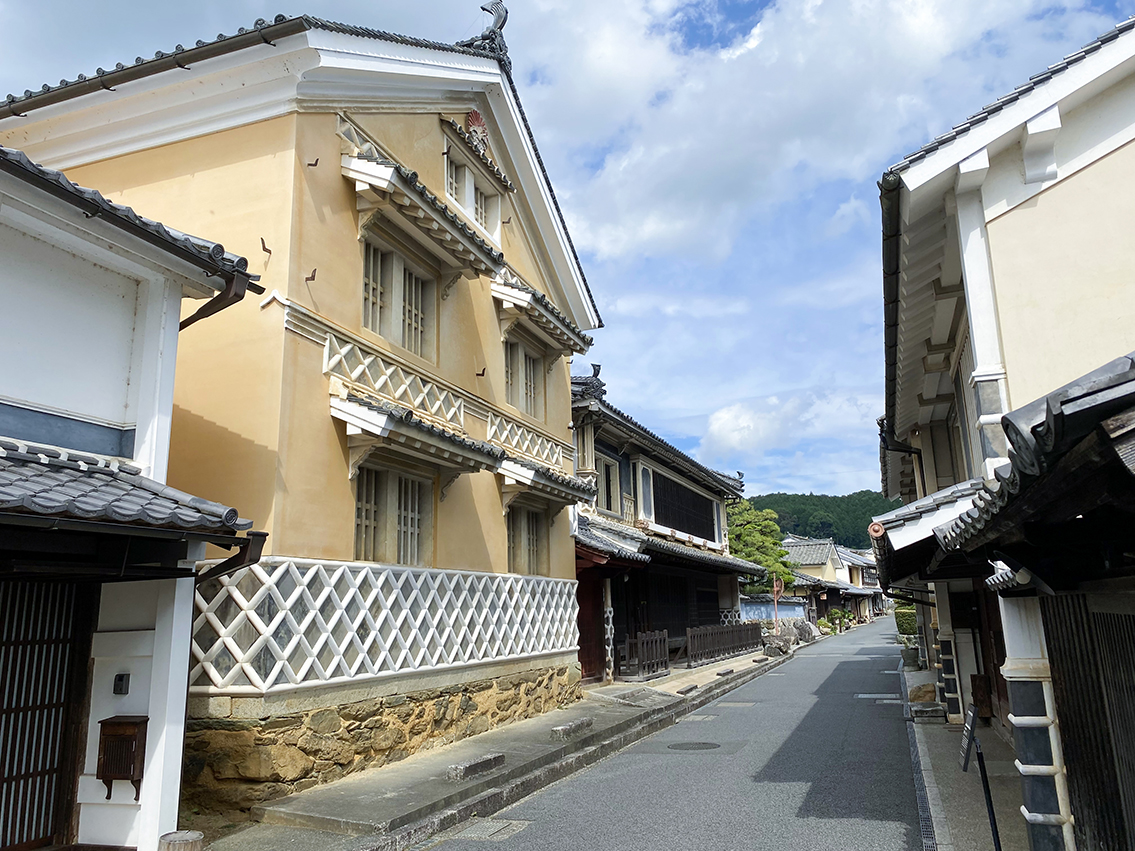 Yokaichi Gokoku Traditional Buildings Groups Preservation District
Yokaichi Gokoku Traditional Buildings Groups Preservation DistrictThe Yokaichi Gokoku district is a townscape where many solid buildings with plastered baskets flourished as a center of Japanese wax production from the late Edo period to the Meiji period, and it used to be a place where Konpira worshipers and Ohenro-san came and went. In 1982, it was selected as an Important Preservation District for Groups of Traditional Buildings by the national government for the first time in Shikoku and even today, the townscape, full of historical atmosphere, has been preserved through the efforts of the locals. It is characterized by white or yellow stucco walls, and there are 93 traditional buildings and 3 national important cultural properties along the road of about 600 m.
-
4
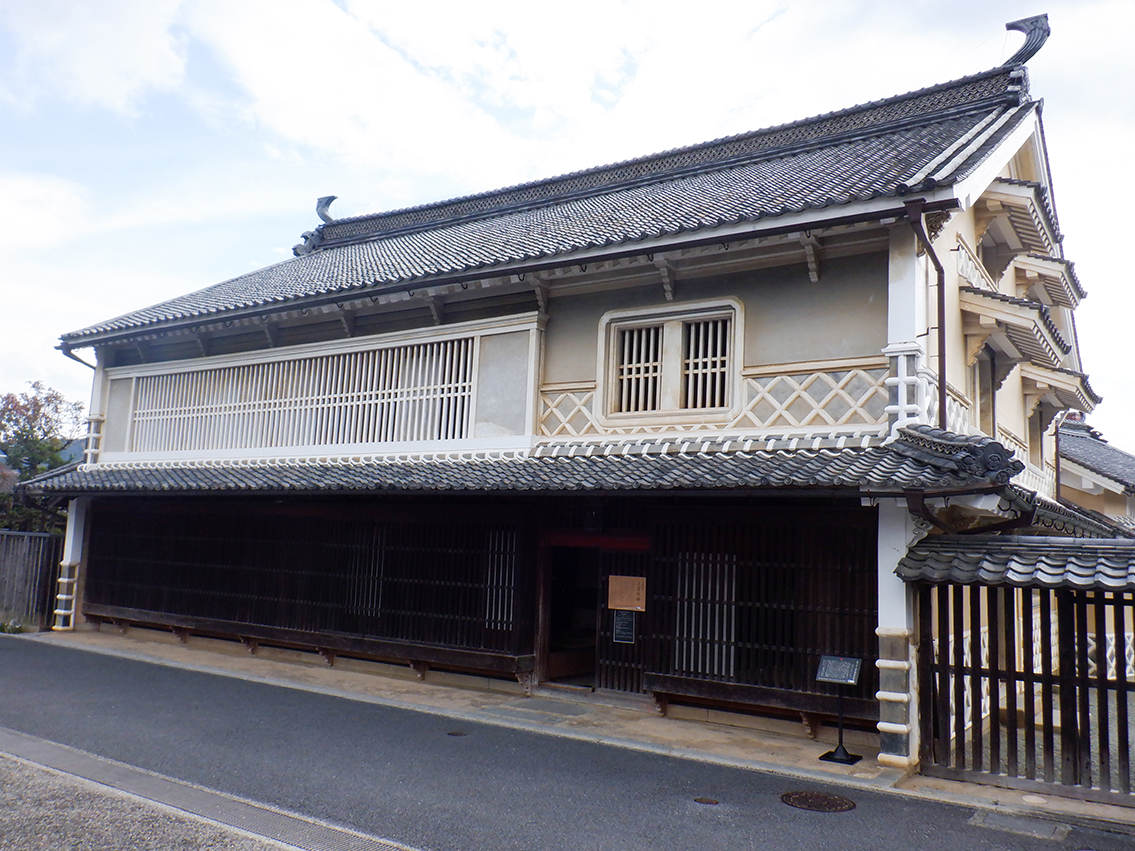 Japanese Wax Museum and Kamihaga Residence
Japanese Wax Museum and Kamihaga ResidenceThe Kamihaga Residence is the residence of the Kamihaga family, the head branch of the Honhaga family, which was one of the largest wax manufacturers in Japan. Currently, it is maintained as a Japanese wax museum, and telling us about the Japanese wax industry that supported the prosperity of Uchiko from the Edo period to the Taisho period. Japanese wax is the wax taken from the wax tree and was used for various purposes such as candles, hair oils, brightening agents and cosmetics. On the premises, buildings and wax tools of those days are displayed. The exhibition hall provides an easy-to-understand explanation of the wax industry that laid the foundation for the prosperity of Uchiko.
-
5
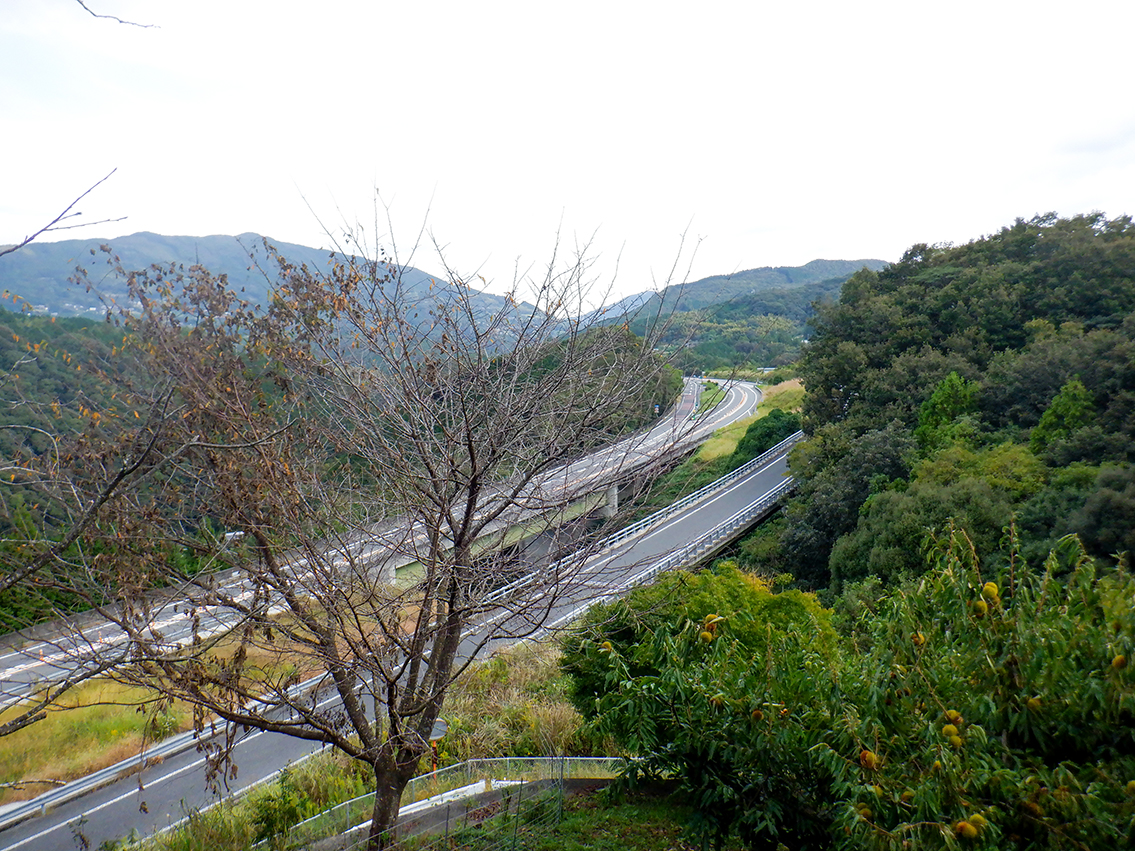 Overlooking the Matsuyama Expressway
Overlooking the Matsuyama ExpresswayAfter passing through the old streets of Yokaichi, cross the Nakayama River, head for Mitomori Pass, pass under the highway and walk for a while, you can see the Matsuyama Expressway below. This route is the old Pilgrimage road, and the current Pilgrimage road runs along the Odagawa River towards Karari Roadside Station.
-
6
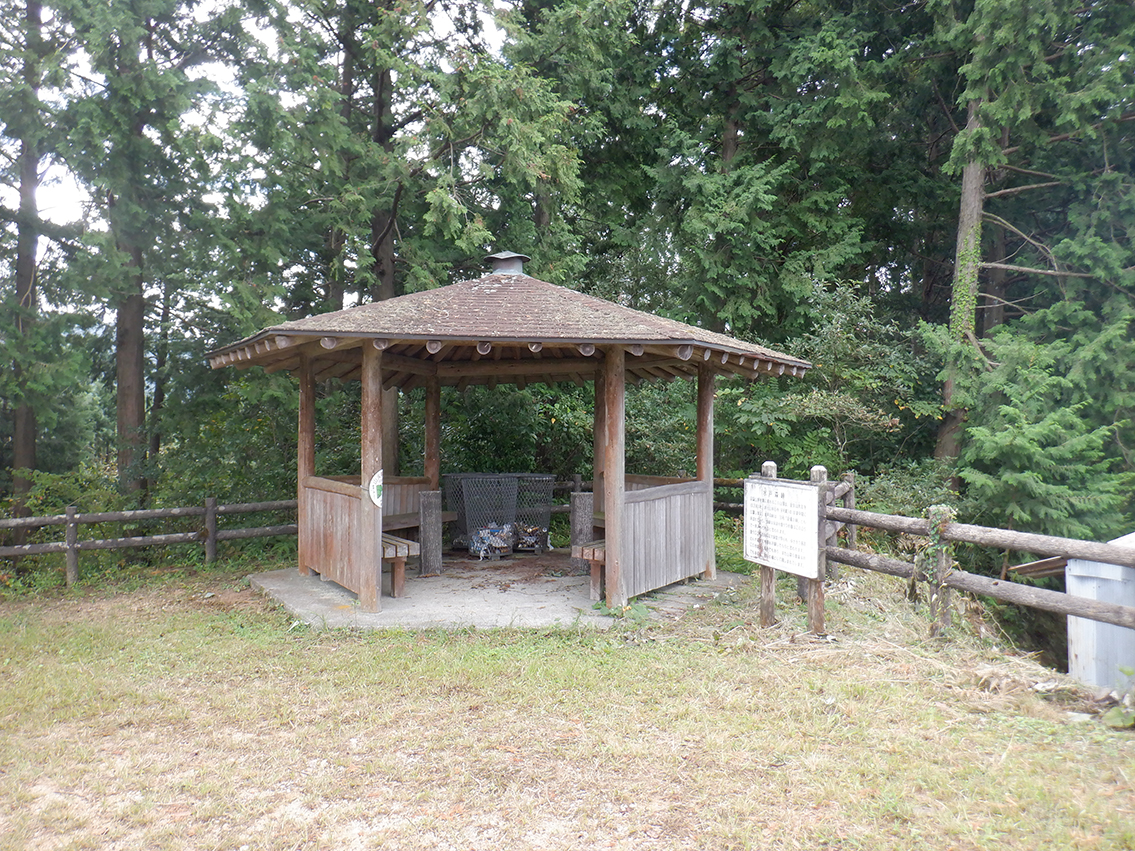 Old Pilgrimage Road Mitomori Pass
Old Pilgrimage Road Mitomori PassMitomori Pass has height difference only about 100 m, and is located almost in the middle of the Meisekiji Temple No. 43 and Daihoji Temple No. 44, and is also known as the "Yasuba Pass". Note that, there is an animal-free fence near the pass, so remove the fixed wire to go.
-
7
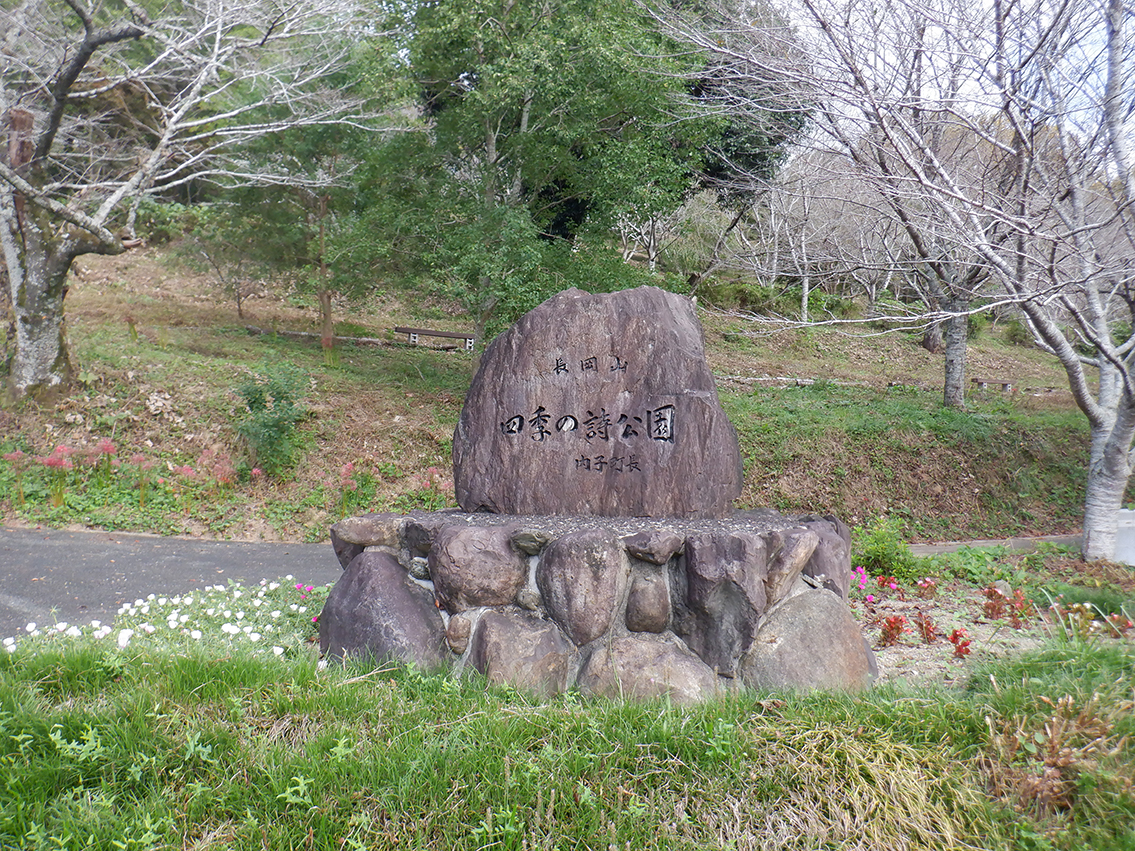 Shiki no Utakoen
Shiki no UtakoenThere are about 500 cherry blossom trees that were created by local tree-planting activities for about 30 years. In addition, there are rape flowers, golden bell flowers, spiraea, and magnolia, and you can enjoy it throughout the four seasons.



